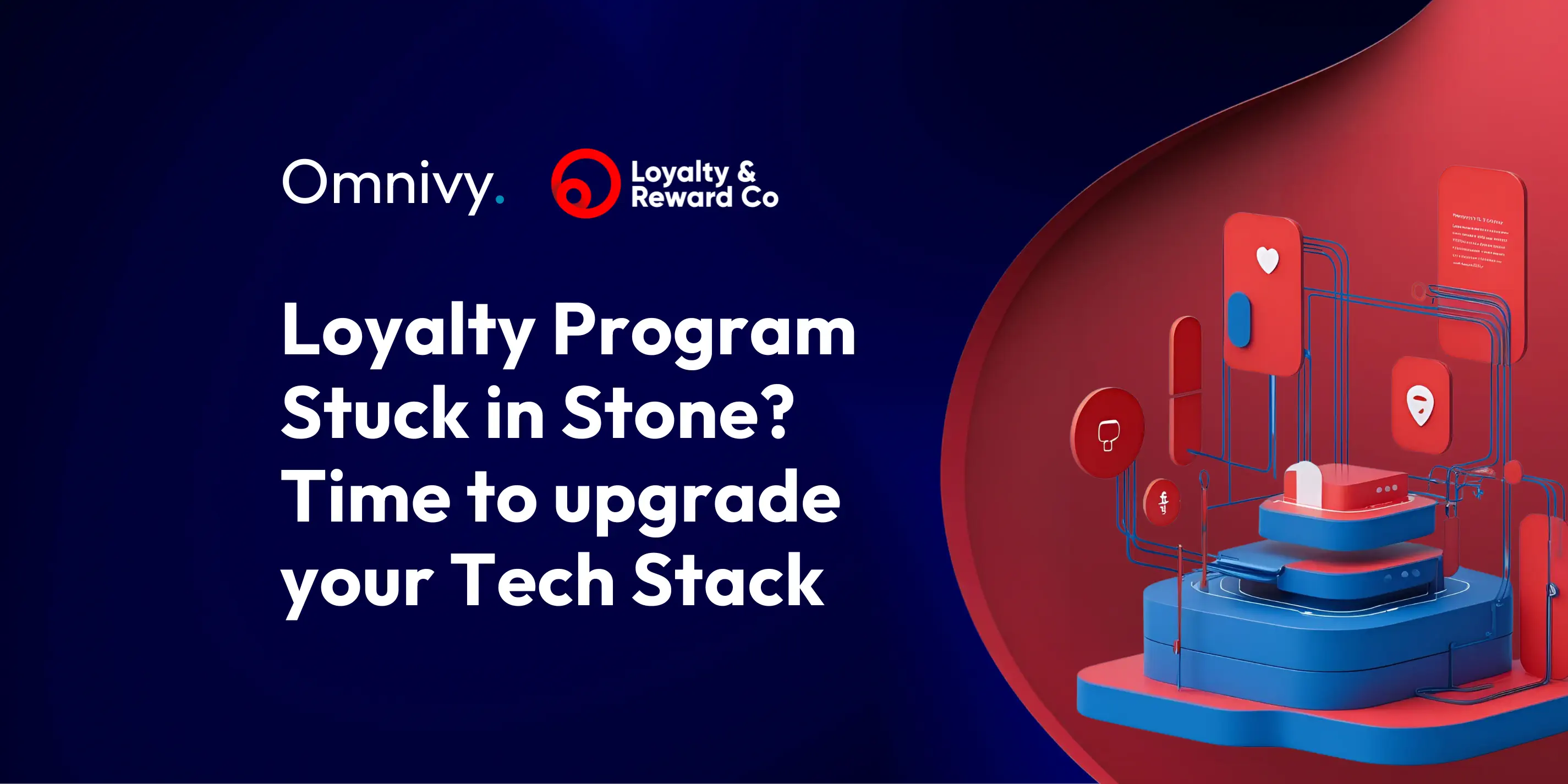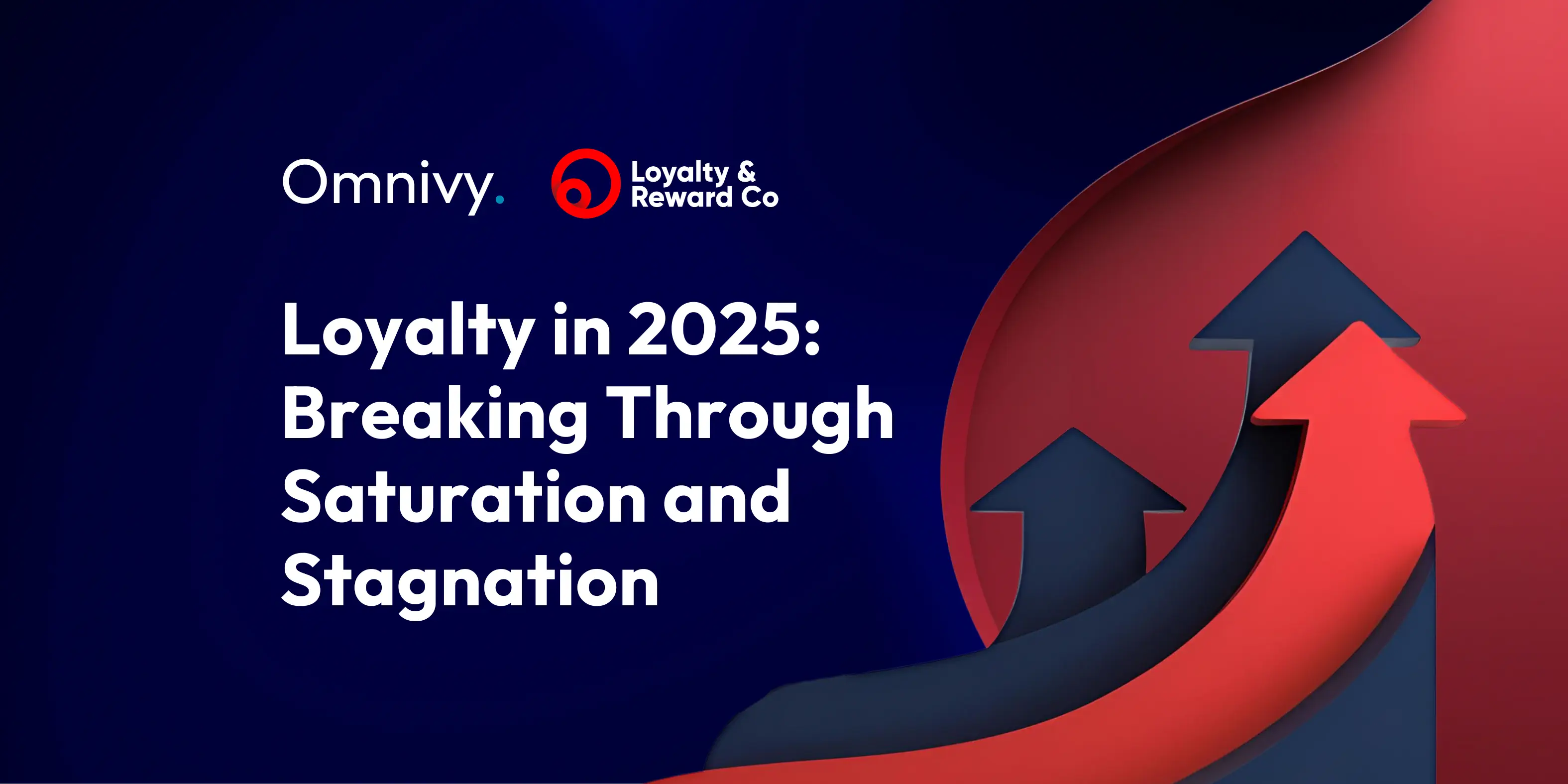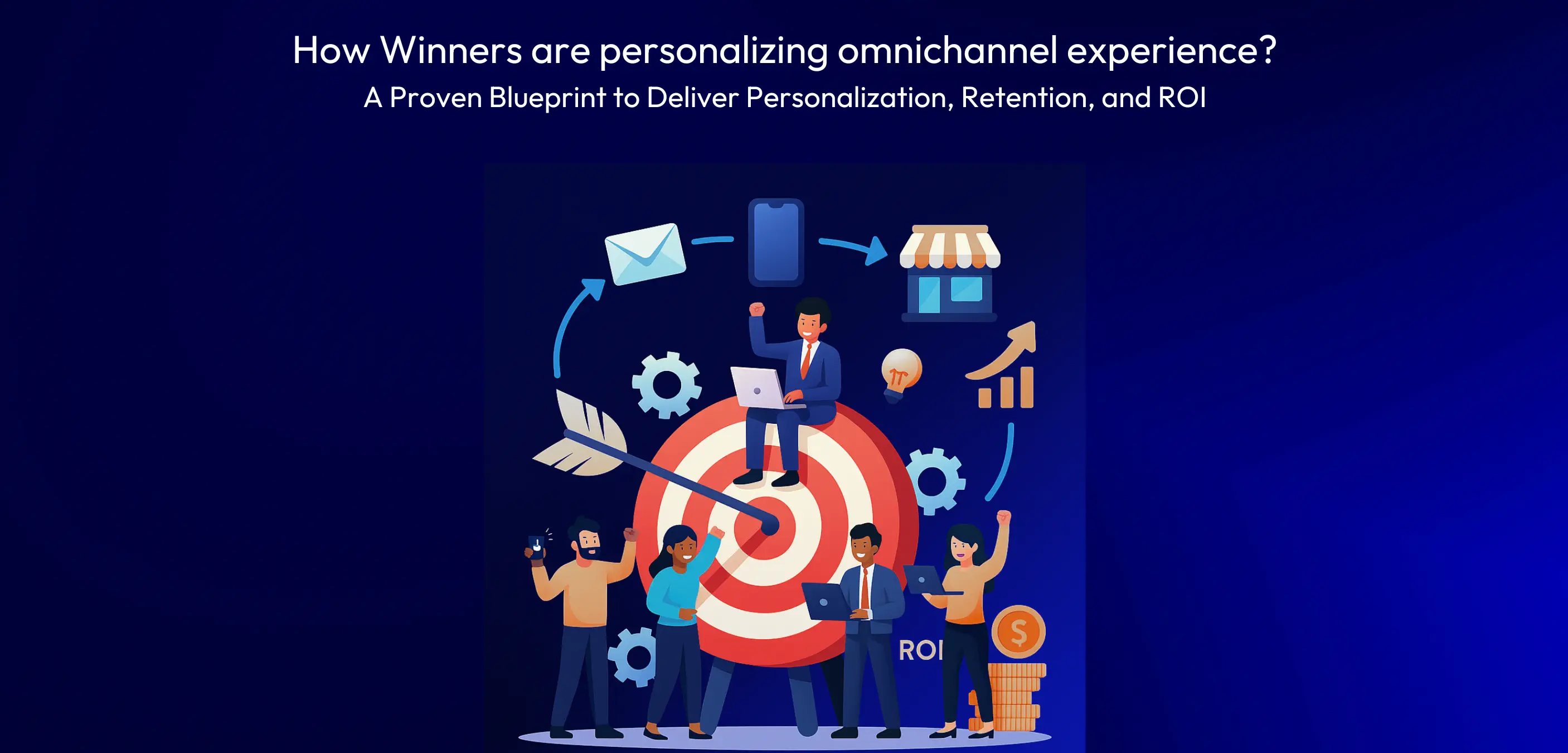Fuel retail is undergoing a profound transformation, driven by shifts in consumer behavior, technological advancements, and evolving market dynamics. Gas stations are no longer just places to refuel. In this era of digitalization and customer-centricity, the traditional loyalty landscape is being reshaped, necessitating a re-evaluation of legacy tech stacks and strategies. This article explores the challenges facing fuel retailers today, the complexities of loyalty management in this industry, and the imperative of embracing modern loyalty technology, particularly composable loyalty, to stay competitive in the rapidly evolving market.
The Evolving Fuel Retail Landscape
The fuel retail industry is undergoing a fundamental transformation. As the world shifts towards electric vehicles (EVs) and consumers demand more engaging experiences, the traditional gas station model is rapidly evolving. Industry experts predict that by 2030, only 20% of gas station revenue will come from fuel sales.
This shift requires fuel retailers to adapt by expanding their offerings beyond just fuel. Transforming gas stations into multi-service hubs that cater to the changing needs of customers is crucial. Expanding the range of convenient products or establishing service hubs in local neighborhoods presents a fresh array of possibilities for leveraging data-driven targeting and personalized marketing. Within this framework, loyalty systems and collaborations with partners across various categories will acquire enhanced significance and everyday relevance for consumers.
The rise of EVs also means customers will spend more time at the station, increasing the importance of offering pleasant ways for them to spend time at the station. This creates more chances to keep the client at the station, up-sell, and let them spend time in a pleasant way that creates those moments of joy.
To meet these evolving demands, fuel retailers must transition from a product-oriented approach to a customer-centric one, offering extended convenience and personalized experiences.
The Rise of Omnichannel Expectations
Fuel retail customers are also becoming increasingly accustomed to seamless omnichannel experiences in other industries, like Nike, Amazon, and Sephora. They expect the same level of digital integration and personalization when refueling their vehicles. Customers no longer want to simply pull up, fill their tank, and leave - they want to be able to browse offers, pre-order items, and even enjoy immersive digital experiences like augmented reality or mini-games, all from their mobile devices.
Meeting these evolving customer expectations requires fuel retailers to rethink their entire technology stack, with a focus on building connected, data-driven experiences that span both physical and digital touchpoints. The growing importance of mobile applications means fuel retail consumers are becoming truly mobile-first, and they want their mobile app to improve their shopping experience and serve as a multi-service hub.
This all means that building customer loyalty in the digital age presents unique challenges for fuel retailers. The traditional loyalty model, centered around point-based programs and discounts, is no longer sufficient to meet the demands of today's consumers. Instead, loyalty is a multifaceted endeavor, requiring:
- Seamless omnichannel experiences, that can be achieved through perfect integration of interaction channels and blending loyalty capabilities into every step of customer journey. So the loyalty technology is in the center, but it’s not enough to deliver that, it’s all about connecting the whole MarTech stack and customer fronting channels in an efficient way
- Moments of magic and true appreciation. Giving out points and rewards is not enough anymore. To achieve this, you need to know your customer perfectly and have all the necessary means to recognize clients in all touchpoints and personalize their experiences. Only the loyalty mechanics adapted to the real needs and expectations of various segments of your Clients will bring real results. However, siloed and fragmented knowledge spread around CRM, CDP, and Data Analytics systems is the main blocker to achieve that.
- Relevance and personalization when interacting with Customers: Clients don't expect hyper-personalization, but they do expect at least a lack of irrelevancy and mass marketing. They want to see that the brand knows them, understands their needs at least on a basic level, and appreciates their continuous support of the brand. That won't happen if your loyalty program and software aren't perfectly blended into the overall MarTech stack and your organization's Customer Data strategy won't be as clear as a diamond. A loyalty program is a mine of gold and that's how it should be treated inside of your organization.
The Limitations of Legacy Loyalty Systems
Unfortunately, many fuel retailers are still relying on legacy loyalty systems and technology that were built years, or even decades, ago. These monolithic, in-house or heavily customized solutions are struggling to keep up with the pace of change in the industry.
Characterized by slow innovation cycles, limited data capabilities, and siloed customer experiences, these legacy systems are holding fuel retailers back from delivering the seamless, personalized experiences that modern customers demand. Introducing new features or integrating specialized solutions into these complex, tightly-coupled systems can be a lengthy and costly process.
Fuel retailers have historically relied on their loyalty programs as the main source of customer data and the CRM system. However, building loyalty is now much more complex than before, requiring a mix of seamless omnichannel experiences, relevancy and personalization of every interaction, and the ability to create moments of joy for customers.
The Composable Advantage
To overcome these challenges, fuel retailers need to re-platform their loyalty technology stack using a composable, best-of-breed approach. This modular, API-driven architecture allows retailers to quickly assemble and integrate specialized solutions tailored to their specific needs, rather than being constrained by a single monolithic platform.
Imagine you're building a tree house. In a monolithic approach, you'd buy a pre-made tree house kit that has everything you need - the wood, the nails, the roof, the ladder, all in one big package. You'd have to use all the parts they give you, even if you don't need some of them.
But in a composable approach, you'd buy the different parts separately - the wood, the nails, the roof, the ladder, and so on. That way, you can choose exactly what you need and put it together in the way that works best for your tree house. If you want to change something later, like adding a slide or a swing, it's much easier to do that with the composable approach.
By adopting a composable approach, fuel retailers can benefit from:
- Agility and Faster Innovation: The ability to rapidly test, deploy, and iterate on new customer experience features without disrupting the entire system.
- Specialized Capabilities: The freedom to easily integrate cutting-edge solutions for payments, loyalty, customer data management, and more, without being limited by a one-size-fits-all platform.
- Advanced Data and Personalization: Improved customer data integration and analytics, enabling more relevant, personalized offers and experiences that build emotional connections.
Overcoming the Challenges of Composable Architecture
While the benefits of a composable approach are clear, there are also some key challenges that fuel retailers need to address:
- Managing Multiple Vendors: Dealing with the increased complexity of integrating and coordinating multiple best-of-breed solutions requires careful vendor management, contract negotiations, and integration planning.
- Organizational Mindset Shift: Transitioning from a monolithic mindset to a composable, API-driven architecture can be a significant cultural change that requires buy-in and collaboration across the organization.
- Upfront Investment Costs: Implementing a composable architecture often requires an upfront investment, which can be a barrier for some fuel retailers. However, the long-term benefits typically outweigh the initial costs.
- Potential Risks: Adopting new technologies can introduce compatibility issues, security vulnerabilities, and other risks that need to be carefully evaluated and mitigated.
The Time to Act is Now
The fuel retail industry is at a critical juncture, and the need for modernization is urgent. Customers' expectations are rapidly evolving, and fuel retailers who fail to adapt risk losing their competitive edge.
By re-platforming their legacy loyalty technology stack to a composable, best-of-breed architecture, fuel retailers can position themselves for success in this new era of fuel retail.
The composable loyalty stack entails a well-designed data platform that provides a much deeper understanding of customers' needs and journeys. It seamlessly integrates a comprehensive loyalty and engagement system, a centralized promotion engine, marketing automation tools, and personalization capabilities. All of these components are connected through an integration layer, which offers a perfect suite of services for all customer-facing interfaces, including mobile apps, digital screens at gas stations, and POS screens guiding cashiers. This approach incorporates a mix of easily replaceable and upgradable best-of-breed functions, each focusing on its own expert domain, rather than relying on large legacy systems that are highly customized.

To learn more about the specific steps and recommended solutions for building a composable loyalty platform, download our whitepaper:
- Discover integration challenges faced by fuel retailers
- Learn about best practices regarding tech architecture for fuel retail loyalty
- Explore examples of best-of-breed systems used across tech stacks in fuel
- Beware of common pitfalls when designing a modern loyalty architecture




